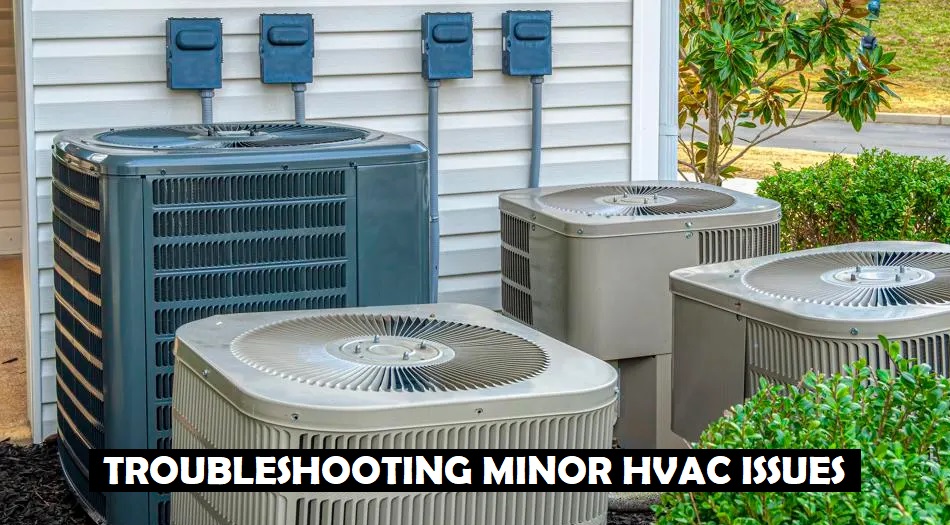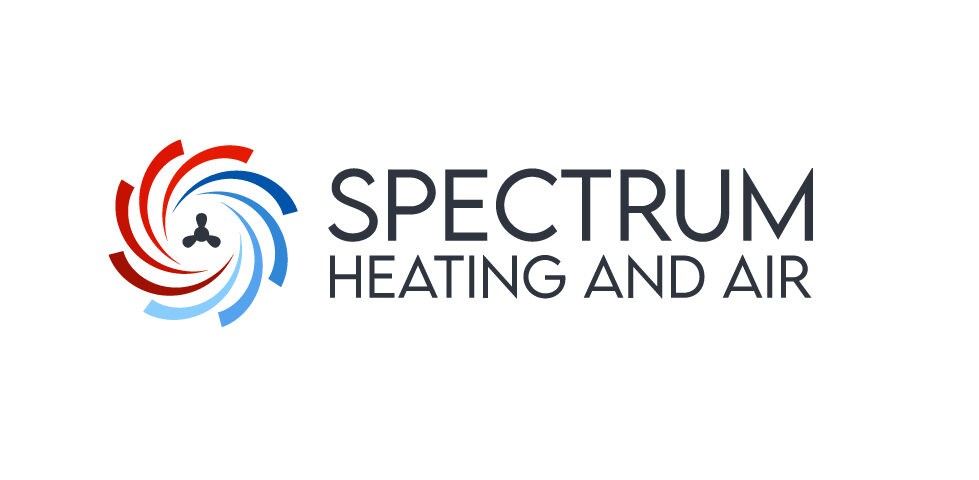In the realm of modern living, where comfort and climate control are essential, the HVAC (Heating, Ventilation, and Air Conditioning) system stands as a pillar of convenience. However, even these marvels of technology can sometimes falter, leaving you in the lurch. Before hastening to summon professional service, there’s a world of troubleshooting you can explore to diagnose and potentially fix minor HVAC problems on your own. This not only can save you precious time and money but also swiftly restore comfort within your abode. In this comprehensive guide, we will take you through the common HVAC issues and provide you with step-by-step solutions.

Understanding Your HVAC System
What Constitutes an HVAC System?
Before we dive into troubleshooting, it’s vital to grasp the fundamentals of your HVAC system. Essentially, it’s a sophisticated network of components meticulously designed to regulate your home’s temperature, humidity, and air quality.
Anatomy of an HVAC System
An HVAC system typically consists of the following integral components:
- Furnace: This is the heart of heating, responsible for warming your home.
- Air Conditioner: It’s the cool operator that ensures your home stays comfortable during sweltering weather.
- Thermostat: The maestro that orchestrates the entire system, allowing you to set and control temperature preferences.
- Ductwork: The circulatory system of your HVAC setup, is responsible for distributing conditioned air throughout your home.
- Vents and Registers: These act as gatekeepers, directing airflow into individual rooms.
- Outdoor Unit: This houses the compressor and condenser coils, integral for the air conditioning process.
Understanding these components empowers you to pinpoint the source of any HVAC hiccups effectively.
Common Minor HVAC Issues
Uneven Heating or Cooling
If you’ve ever experienced some rooms feeling too warm while others remain chilly, you’ve encountered one of the most common HVAC problems. This discrepancy can be attributed to blocked vents, leaky ducts, or an unbalanced system.
Feeble Airflow
Weak airflow can seriously undermine the efficiency of your HVAC system. The culprits behind this issue often include clogged filters, dirty ducts, or a malfunctioning blower motor.
Puzzling Noises
Your HVAC system should ideally operate in stealth mode. If you find yourself puzzled by unusual noises such as banging, hissing, or rattling, it may be an indicator of loose parts or debris lurking within the system.
Unpleasant Odors
Foul odors emanating from your HVAC system can be quite unsettling. Mold, mildew, or, in more extreme cases, an unfortunate critter in your ducts might be the source of these unwelcome scents.
Escalating Energy Bills
A sudden spike in your energy bills can be a telltale sign that your HVAC system is working harder than it should. This increased energy consumption can be attributed to various issues, including a clogged filter or a malfunctioning thermostat.
Troubleshooting Tips
Scrutinizing Thermostat Settings
Begin your troubleshooting journey by double-checking your thermostat settings. Sometimes, the solution is as simple as making adjustments to your preferred temperature settings.
The Crucial Role of Clean Air Filters
The importance of clean air filters cannot be overstated. Dirty filters restrict airflow, making your HVAC system less efficient. Regularly clean or replace them, ideally every 1 to 3 months, depending on usage and filter type.
Investigating Air Vents and Registers
Ensure that all vents and registers in your home are open and unobstructed. Blocked airflow can lead to temperature imbalances, rendering some rooms uncomfortably warm while others remain chilly.
Banishing Debris Around the Outdoor Unit
Leaves, dirt, and debris that accumulate around your outdoor unit can obstruct airflow. Keeping the area around the unit clean and clear can significantly improve system efficiency.
Decoding Ductwork Leaks
Carefully inspect your ductwork for any visible leaks or loose connections. Leaky ducts can significantly reduce your system’s efficiency and effectiveness in maintaining your desired temperature.
The Art of Lubricating Moving Parts
If you hear squeaking or squealing noises coming from your HVAC system, it may be due to unlubricated moving parts. Consult your system’s user manual for guidance on properly lubricating these components.
Mastering the Circuit Breaker Reset
In the event that your HVAC system suddenly stops working, check the circuit breaker. Sometimes, a simple reset is all it takes to get your system back up and running.
Decrypting Frozen Coils
Frozen coils can wreak havoc on your HVAC system’s functionality. If you notice ice buildup on the coils, turn off the system and allow it to thaw before attempting any further troubleshooting.
Tackling Enigmatic Noises and Odors
If you can identify the source of strange noises or unpleasant odors emanating from your HVAC system, address the issue accordingly. This may involve tightening loose parts or cleaning out ducts and vents.
Safety Precautions
Before embarking on any DIY troubleshooting, it’s crucial to observe these safety precautions:
- The Power Down Rule: Always turn off the power supply to your HVAC system before performing any maintenance or troubleshooting tasks. This prevents accidents and electrical hazards.
- Equipped with the Right Tools: Ensure you have the appropriate tools and equipment for the job. This includes screwdrivers, pliers, and safety gear such as gloves and safety goggles.
- Armor Up with Protective Gear: Speaking of safety gear, don’t skip it. Protect yourself with gloves and goggles to minimize the risk of injury.
When to Call a Professional
While DIY troubleshooting can work wonders for many HVAC issues, there are instances where professional intervention is the wisest course of action:
- When DIY Troubleshooting Falls Short: If your efforts fail to resolve the problem or if you’re uncomfortable performing certain tasks, it’s best to call a professional HVAC technician.
- The Importance of Annual Maintenance: Don’t underestimate the value of annual professional maintenance. Regular check-ups and servicing can identify and prevent potential issues before they escalate, ensuring your HVAC system operates at peak performance.
In summary, tackling minor HVAC issues before resorting to professional service can be a financially savvy and rewarding endeavor. By following the comprehensive DIY troubleshooting steps outlined above and adhering to safety precautions, you can often identify and rectify common problems. However, it’s imperative to recognize when professional expertise is necessary, especially for intricate issues or routine maintenance.
Remember, a well-maintained HVAC system ensures your home remains comfortable throughout the seasons, and consistent servicing can prolong its lifespan, saving you both money and hassle in the long run.




